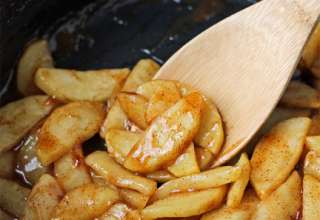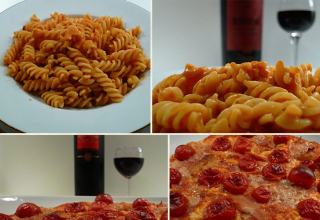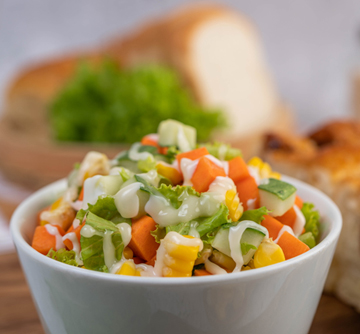
Here’s a delicious tidbit from Audrey Hart.
This recipe comes from our friend Jessica Harlan a Food Writer and Recipe Developer at Southern Living. Jessica is an Atlanta-based writer. She is the author of nine cookbooks.
What Is Mirepoix?
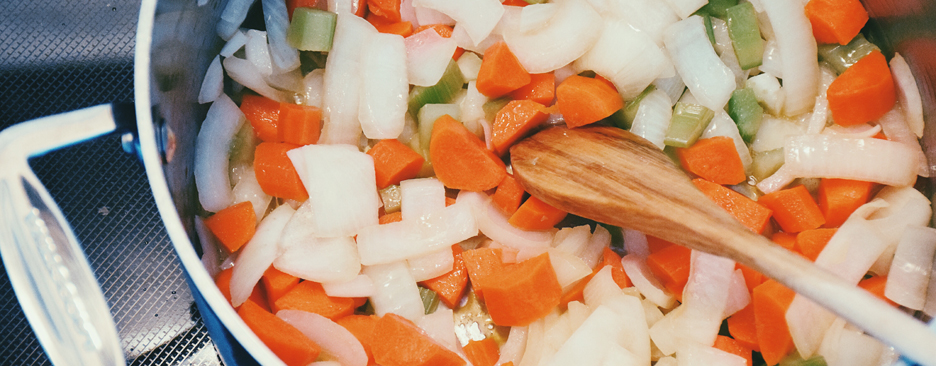
First off, Mirepoix, pronounced ‘MEER-pwah,’ is a French culinary term derived from the name of an 18th century French aristocrat whose cook popularized its usage. Today, students around the world learn how to make mirepoix in the first few weeks of culinary school. The combination of diced onion, celery, and carrots, sautéed in a fat like oil or butter, is the first step in many recipes, from classic French dishes to more contemporary recipes found in many cuisines. Mirepoix serves as a foundation for many classic dishes, including sauces, soups, braised meat dishes, and other recipes. This combination of aromatic vegetables, sautéed in fat-like butter or oil, provides deep flavor notes and a building block for the seasoning of the rest of a dish.
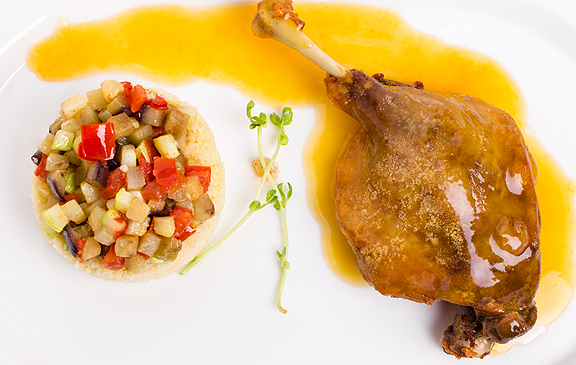
These three ingredients, combined and cooked, create subtle foundational flavors in a dish; you may not taste the onion, the carrot, or the celery, but their presence gives a complex savory note to any recipe.

The vegetables are diced into uniform pieces and then sautéed in butter or oil until they’re softened and translucent, though not yet browned.
Traditional French cuisine uses a specific ratio of the ingredients: two parts onion to one part each carrot and celery. But in most modern recipes, the proportions are not as precise.
The method of cooking has a significant bearing on the final flavor. A mirepoix is meant to be cooked on a low heat and in oil. This method helps to sweat or sweeten the vegetables (according to Raymond Blanc there is no French equivalent for the word sweeten). Heating the onion in this way allows the sulphur compounds to break down gently, which produces a series of softer, sweeter flavors. When heating carrots the cell walls break down causing the release of sugars, giving that sweet flavor that slow-cooked carrots are renowned for. Heating celery in this way seems to tone down the flavors into something more delicate. The gentle heating also prevents any of the three vegetables from browning (also known as the Maillard reaction). This browning produces caramelized flavors which are not required for a mirepoix where the end -product requires subtlety.

Mirepoix Variations.
While traditional mirepoix is a trio of onions, carrots and celery, other cuisines have their own combinations of aromatic vegetables that they use in similar ways. Mirepoix becomes pincage when tomato paste is added to the mixture as it cooks, forming the base for a plethora of sauces.
Soffrito
Italian cuisine calls the same combination soffrito, and it’s usually cooked in olive oil and/or butter. (Just ask my Italian Grandmother – Audrey)
Sofrito

The similarly named sofrito is a staple in Spanish and Latin cuisine. Different versions of sofrito include ingredients like onion, garlic, bell pepper, and tomato, and it’s the starting point for paella, pernil, cooked beans, and a variety of other Latin dishes.
Suppengrün
Germans use suppengrün (translation: soup greens), which combines carrot, celery or celeriac, and leek.



